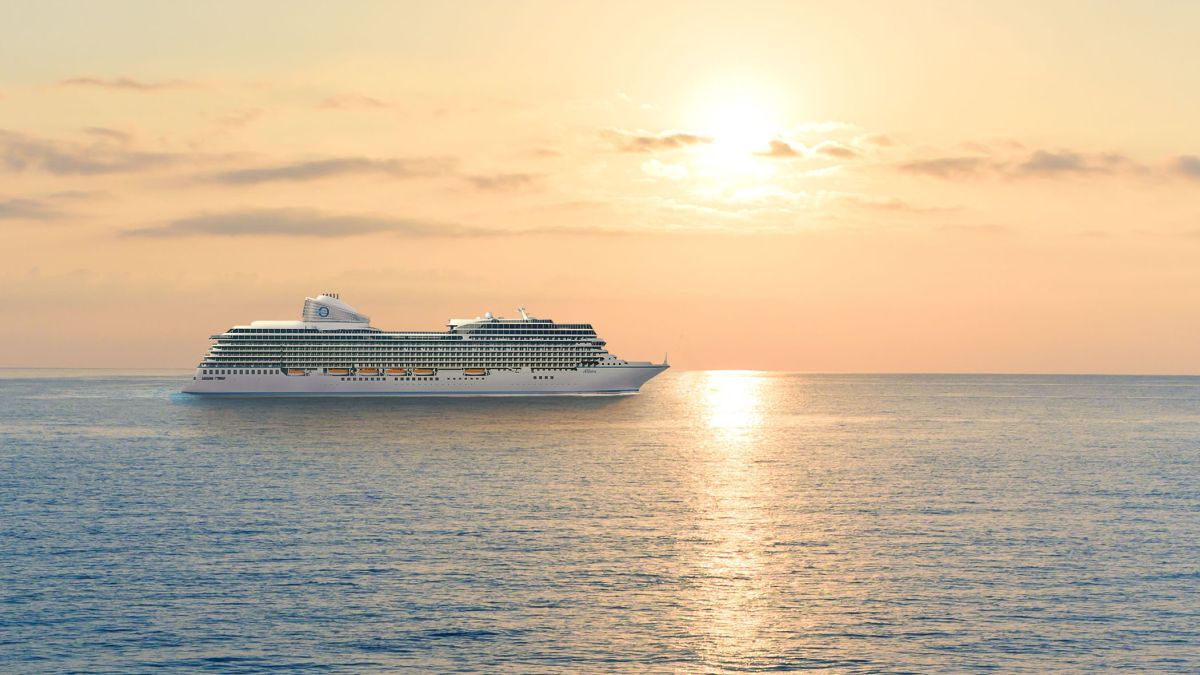Business Sectors
Events
Contents
Register to read more articles.
Decarbonisation tops agenda for towage and port operations in 2025
Global decarbonisation and technical advances, geopolitics and changes in maritime trade will impact the tug, towage and salvage sectors in 2025
No one in the maritime industry is immune to these mega trends and all will need to evolve as a result.
Fleet investments and newbuilding campaigns specify tugboats with ever-greater efficiency, lower pollution and greenhouse gas emissions, that are capable of manoeuvring ultra-large ships.
Reducing emissions and sustainability have risen to top of the agenda in the towage sector, with tug owners aligning their investments to meet the expectations of ship operators and port authorities. These decisions include switching tugs to run on sustainable biofuels and introducing azimuth or reverse stern drive tugs with aftertreatment systems for IMO Tier III compliance.
Owners are specifying all-electric or hybrid-propulsion tugs to reduce their environmental impact in ports, while a few newbuilding orders are ready to burn methanol or LNG, which are becoming the alternative fuels of choice in this sector.
In 2025, we can expect many more tugs ordered and delivered with energy storage and engines able to use methanol, while a select few will have LNG dual-fuel capabilities.
As the maritime sector adopts these new fuels, salvors will face challenges when responding to distressed ships running on methanol, ammonia and gaseous fuels.
This year will see the fleets of tugboats delivered to authorities operating shipping corridors and canals to handle the large ships using these maritime shortcuts, and to reduce congestion at global trade choke points. And more tugs will be delivered for the rising number of LNG import and export, shoreside and offshore terminals being opened. Owners are securing long-term contracts and concessions requiring them to order escort-capable tugs, with some having a bollard pull of more than 100 tonnes.
Tug owners have increasingly turned to digitalisation technologies to monitor operations remotely, enhancing vessel efficiency, reducing fuel consumption and emissions and improving fleet management and safety.
Artificial intelligence (AI) and machine learning is being widely adopted for onboard support, vessel control, deployments and fleet management across the sector.
Ports and tug owners will use AI to optimise scheduling and vessel management, to ensure the right tug is ready for the tow, and to lower emissions. Tug owners are also using internet of things platforms to monitor operations, performance, emissions and machinery condition. With this information, owners can undertake predictive maintenance to prevent alerts becoming issues, causing downtime. This is particularly beneficial on battery-powered tugs, where energy management brings advantages.
The main trends expected to influence the towage sector, tug construction and operations, pilotage and port activities in 2025 and beyond are summarised at length in this issue. Many will also be debated at Riviera’s TUGTECHNOLOGY 25 conference in Antwerp, Belgium, on 20-21 May 2025 - see you there for many technical insights.
Riviera’s TUGTECHNOLOGY ‘25 will be held in Antwerp, 22-23 May 2025. Click here for more information on this industry-leading event.
Related to this Story
Events
Maritime Environmental Protection Webinar Week
Cyber & Vessel Security Webinar Week
The illusion of safety: what we're getting wrong about crews, tech, and fatigue
Responsible Ship Recycling Forum 2025
© 2024 Riviera Maritime Media Ltd.












